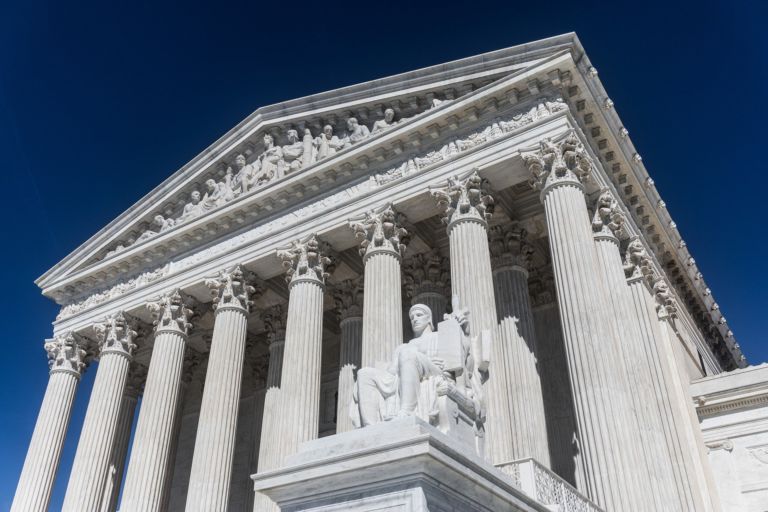Two years ago, I wrote an op-ed in The News & Observer making the case for a North Carolina version of the REINS Act. Here is my lede paragraph:
What issue found common ground between such foes as Presidents Jimmy Carter and Ronald Reagan, Sens. Jesse Helms and Ted Kennedy, and Gov. Bev Perdue and the Republican General Assembly? The answer is overregulation.
In today’s heavily tribal political climate, it may be difficult to imagine Republicans and Democrats being basically on the same page with respect to any issue, especially deregulation.
Christopher DeMuth in the Wall Street Journal takes a serious look at President Donald Trump’s deregulation efforts. The entire piece is worth a read, although Locker Room readers will be familiar with a great deal of Trump’s deregulation.
What I wish to highlight here is the revelation that one of Trump’s approaches to deregulation — regulatory budgeting — had its origins in the Carter administration:

A third indicator is the introduction of regulatory budgeting, which sounds tedious but is potentially revolutionary. The idea goes back to the late 1970s, when the new health, safety and environmental agencies were first issuing rules that required private businesses and individuals to spend tens of millions of dollars or more. It seemed anomalous that this should be free of the disciplines of taxing, appropriating and budgeting that applied to direct expenditures. Jimmy Carter’s commerce secretary, Juanita Kreps, proposed a regulatory budget as a good-government measure; Sen. Lloyd Bentsen (D., Texas) introduced legislation; and several academics (myself included) worked out the theory and practicalities in congressional reports and journal articles.
The article goes on to talk about why the idea never proceeded, how it was replaced by a cost/benefit test of rules by the Reagan administration, how the Obama administration corrupted that by wildly inflating unprovable benefits, bringing us to the present. It continued:
At the same time, a hybrid form of regulatory budgeting has been adopted with some success in Britain and Canada, while kindling interest in the U.S., notably from Sen. Mark Warner (D., Va.) and House Budget Committee Republicans. Under this variant, agencies may issue new rules only by simultaneously withdrawing some existing rules, with the estimates of the costs imposed and saved used to make the trade-off commensurate. So the budgeting begins by counting rules and employs cost estimates only for incremental actions, but it creates incentives for agencies to assess the effectiveness of their existing regulations and to set priorities.
President Trump’s regulatory budget is of this form. In an executive order issued shortly after taking office, he directed that unless a statute requires otherwise, agencies may issue new regulations only by rescinding two or more existing regulations, with net costs held to an annual budget. His budget for fiscal 2017 was zero, which was easily met after agencies issued few new rules and lawmakers rescinded many under the Congressional Review Act. Now, an OMB directive from Ms. Rao in September has set a goal of “net reduction in total incremental regulatory costs” in fiscal 2018.
Recent reports have it that Trump’s administration has gotten rid of 16 old rules for every new rule it has imposed.
Incidentally, the principle of regulatory budgeting is a reform the John Locke Foundation has promoted for several years for North Carolina (under the term regulatory reciprocity). I also discussed this reform for Carolina Journal when it was still an election promise of the then–president-elect’s.


